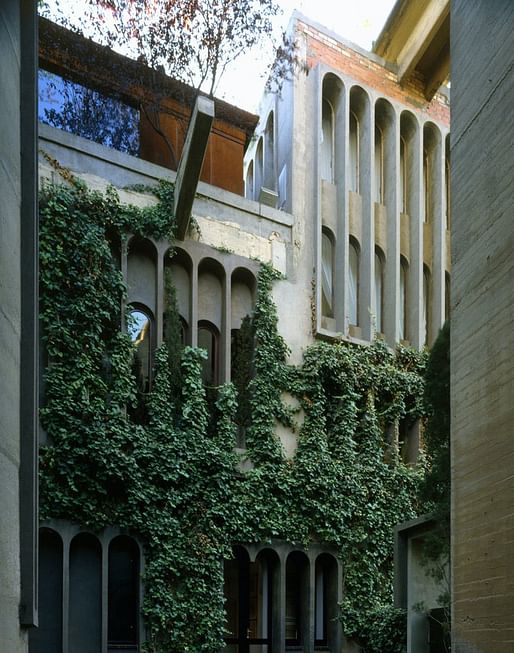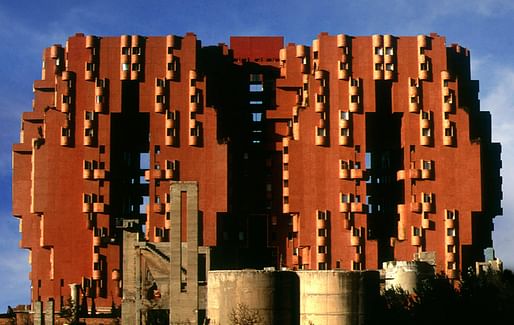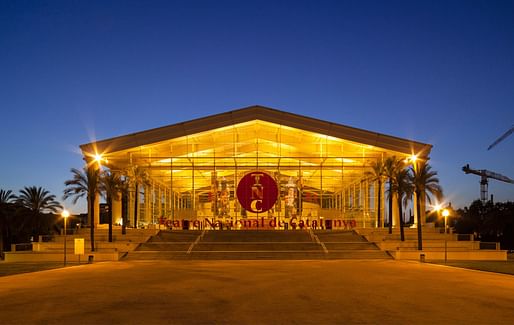
The renowned Spanish architect Ricardo Bofill has passed away at the age of 82, as announced by Ricardo Bofill Taller de Arquitectura. Among Bofill’s most acclaimed works were the La Muralla Roja (1973), La Fábrica (1975), and the National Theater of Catalonia (1997).

Born in Barcelona in 1939, Bofill’s architectural training spanned from Barcelona to Geneva. In 1963, he founded Ricardo Bofill Taller de Arquitectura, encompassing the fields of architecture, urban planning, and art. The firm was led by Bofill along with his two sons, Ricardo Emilio and Pablo, and was based from the Bofill-designed La Fábrica, a repurposed cement factory.

RBTA’s early works in the 1960s embraced vernacular details from Catalan architecture, an attention to detail which remained even as the firm’s projects grew in scale in later years. In the 21st century, the scale, complexity and unapologetic optimism unique to Ricardo Bofill’s work has made it an ideal backdrop for contemporary culture, be it photography, cinema, music, or fashion.

Bofill’s career also intersected with the shifting sands of Europe’s political landscape in the 20th century. His bold experimentation with modular geometries, realised through the acclaimed Walden 7 in Barcelona, was hampered by political figures aligned with the fascist dictator General Franco. In 1970, for example, construction on Bofill’s La Ciudad en el Espacio in Madrid was halted by Francoist mayor Carlos Arias Navarro.

This intersection with political and social movements would continue to shape Bofill’s work in later years. “Sensitivity toward the shifting political and social transformations of the moment affords RBTA a singular insight that imbues architecture with an added and lasting value,” his firm notes. “Regardless of scale, these familiar and symbolic international landmarks prove emblematic of their urban and rural destinations.”

The turbulent political landscape of Spain would also see Bofill expand his practice to Paris, where he immersed his design outlook in the traditions of French classical architecture. Following an embrace of glass and steel in projects throughout the 1980s, Bofill re-centralized his firm in Barcelona in 2000 and continued to exercise his passion for geometry through projects such as the W Hotel in Barcelona, and the Mohammed VI Polytechnic University in Marrakech, Morocco.

Bofill’s death follows the passing of several notable architects and designers in recent weeks, including Eberhard Zeidler, Stephen B. Jacobs, Alexander Garvin, Oriol Bohigas, and Richard Rogers.
No Comments
Treated like an outsider by the architectural echelon while copied a lot if not always in form, in spirit as well. I know some associates early on who ran his Paris office.
When has it matter what the architectural echelon thought?
When the bill comes due.
Block this user
Are you sure you want to block this user and hide all related comments throughout the site?
Archinect
This is your first comment on Archinect. Your comment will be visible once approved.